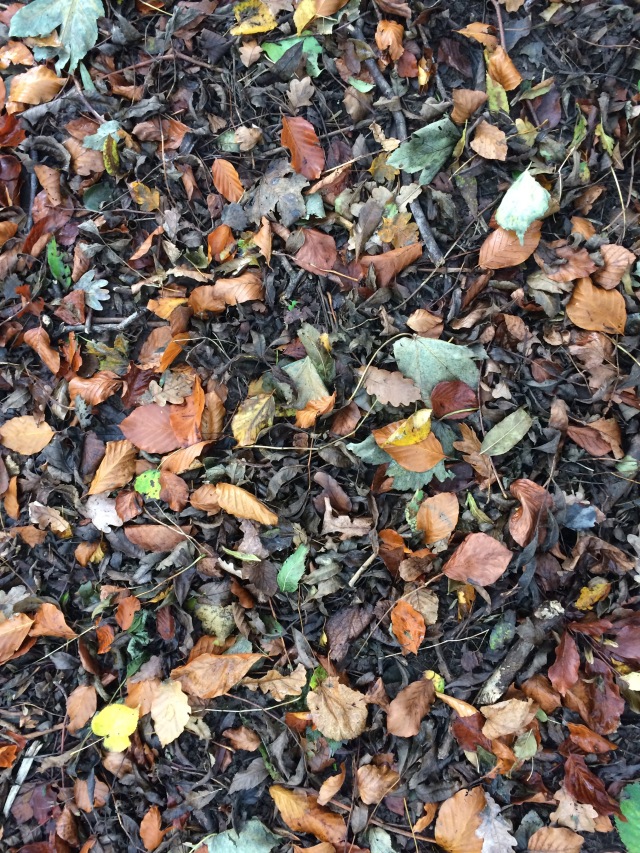 About three years ago when I was mostly confined to bed, recovering from a hip replacement operation, I was talking on the phone to my yoga teacher, Emma Lloyd, about our mutual obsession with spirals. As you do.
About three years ago when I was mostly confined to bed, recovering from a hip replacement operation, I was talking on the phone to my yoga teacher, Emma Lloyd, about our mutual obsession with spirals. As you do.
I’d started collecting pictures of them on Pinterest as I became increasingly fascinated by their frequency in nature, in the structures of everything from shells to whirlpools, from Messier 51a to fingerprints and ammonites. They are everywhere, they really are.
Emma was already on to it, she was recounting mathematical ratios and patterns which escape me now, but then having general anaesthetic and morphine working their way out of your system will do that to your memory. (That heady cocktail is also responsible for convincing me that watching Top of the Pops circa 1972 audiences dancing to T-rex was just about the most movingly beautiful thing I’d ever watched on an iPad, but I digress…).
Given this mutual appreciation for spirals, it was a delight to experience how Emma had been working with them, from those days to these, weaving their power into a sublimely creative workshop for the British Wheel of Yoga’s north west regional AGM this year.
Tantalisingly entitled Crouching Tiger, Hidden Dragon, Emma took us through a day of vinyasa flow, pranayama and a yoga nidra that drew on her influences, which include both Iyengar and the Satyananda yoga systems. While both methods are steeped in the therapeutic capacity of yoga, Satyananda particularly has a strong emphasis on moving away from the linear. Emma was all for unleashing the circle, as she put it ‘setting it free to power upwards in a spiralling motion, away from all notions of the vicious circle’.
How does this work in Practice? Why flex the spine in Marjaryasana (Cat), when you can work your shoulders and swirl your hips as you breathe through the asana. Yes, we are now moving out of the norm, into a fluid, snaking flow of an asana, known as Sexy Cat (Sanskrit for ‘sexy’ anyone?). Our big cat emerged in Parivritti Vyagrasana (Twisting Tiger), transitioning to Pyramid, for strength and stretch in motion. Why be content with the static strength of Utkatasana (Chair) when you can find your arms out at the side and flowing with your breath in the manner of dragon wings? Now try with one leg extended!

Aside from being terrific fun – and I am all for that – there is method and wisdom underpinning this fantastical, creative journey. This extraordinary flow sequence had multiple benefits:
- those niggling pockets of held tension with which we are annoyingly intimate were released as familiar movement patterns in asana were challenged
- working deep into the fascia, irritating, hard to reach areas of tension were magically massaged and soothed
- the extraordinary flow seemed to take us in a reverse slow-motion at times, keeping us focused on the movement and balance, leaving no room for ‘I can’t do’ thinking.
Our pranayama and yoga nidra sessions both referenced spirals: weaving the breath up and down, wrapping around the spine through the yogic breath and nadi shodhana, journeying through the stars in a deep, healing relaxation.
Spiralling and fluidity in yoga make a lot of sense to me. Hopefully, it does to you.
I have this theory that our life events track in spirals, certainly not circles or straight lines. For example, have you noticed that the people we know or the situations we face, seem to pop up again? Sometimes the same but different, sometimes exactly the same? For example, I’m now good friends with a group of people from my secondary school class who I knew on a superficial level at school, but didn’t really know, in a ‘this is really troubling me’ kind of way I do now. Do we plant seeds as we’re younger, to reap the crops when we’re older?
With hindsight we can see how we could have learned together, or learned a lesson for later, but the turn of the dice took us in another direction the first time around. And so these people or situations come around again.
Now, I have no scientific basis for this theory (which, of course, makes me like it just that little bit more), just my own experience and those observed from friends, colleagues and clients. So, if you have anything to add to the spiral theory, or something you think discounts it, I’d be very interested in hearing from you.



 The Germans have a special word for the joy of spending time within them.
The Germans have a special word for the joy of spending time within them.

